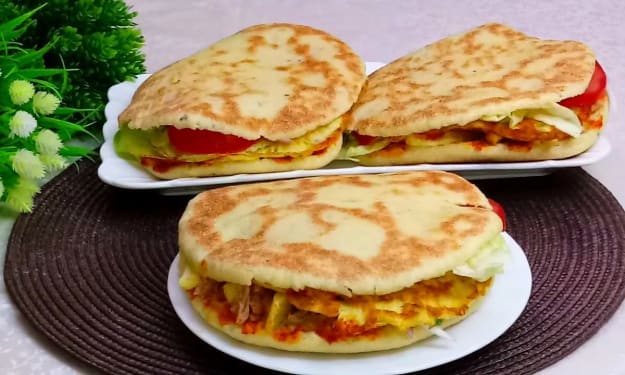
It was the impact of swearing within hearing distance that I was not confident was the actual cause. Early in spring, I would step briskly from tree to tree, drilling a small hole in a new plane of bark, away from last year's tap. The next day I would go back around the trail, carefully inserting the maple sap taps to collect the magical, natural elixir. The fresh sap would flow through the tubing network or drip into the two-gallon pails hanging from the trees closest to the sugar shack. It was great to watch my weekend guests and their children run from tree to tree, bringing back the pails and emptying them into a vat. The sloshing and odd spills of sap were far more exciting than the sap's slow, steady march through the tubes.
It was the process I followed after the sap was accumulating in the vat that was rumored to be affected by swearing. The steps to convert the clear liquid into the delectable maple syrup were relatively straightforward. Boil it until all but 2 percent had been evaporated. Yes, you read that correctly – it is necessary to remove thirty-nine gallons of water from every forty gallons of sap to get the sugar density sufficiently high to be called maple syrup. Then filter it to remove any solids that have accumulated, and bottle it before the temperature has cooled to below boiling. Easy!
The rarest, most challenging syrup to produce was the extra light. This syrup could be processed into solid maple sugar confectionary or granulated maple sugar with ease or mixed with medium syrup to make maple butter. Or, during the season, taffy-on-snow. It required exceptionally clean boiling pans, a vat scrubbed every day, and absolutely no contaminants entering the sap between tree and vat. Dairy farmers, who by habit practiced exceptional cleanliness, were often seen making maple syrup during the muddy wet spring before their fields would support tractors. They were able to achieve this extra light syrup during the early weeks of the season.
For myself, without the dairy experience, I tried my best. I filtered the contents of the pails gathered by eager children to ensure no bits of twigs or bark entered the vat. Those unexpected additions would for sure drop the color of the syrup one level. We would hope for a hard frost every night and a high temperature of no more than 5 C, or 42 F, so that the sweet solution running through the tubes would not start growing mold. Inevitably, as the sugar season progressed and the average temperature rose, microscopic mold would appear. During the final stages of boiling, these contaminants would be more easily caramelized on the pans' bottom and drop the color and taste of the syrup by another one or two levels. The rich, dark syrup is usually produced towards the end of the season for this reason. If the weather maintained a stretch of days where even the night temperature was above freezing, some producers would flush out their tubing to bring the level of their end product up.
Many consumers prefer the stronger-tasting amber syrup for sausages, pancakes, and especially fried beans, slow-cooked over a simmering stove all day, ready for the workers to scoop it up when the light dims through dusk in the woods. Sometimes, the syrup would end up darker for no apparent reason. During these times, I would think back and see if I had let loose an improper word during the day, perhaps when the feed pipe from the vat to the boiler came loose, or someone poured their collected sap directly in the vat without straining. The science is a bit weak on this topic, but I am keeping my opinion open to further research results.
For at least one day each season, my goal was to achieve the rare heights of excellence as proven by several bottles of the lightest syrup. Over the ten years I was a commercial maple syrup producer, I reached this quality of output twice. Now that I have moved on to helping the next generation learn about syrup, my eye is open for that rural producer, probably a dairy farmer, who is comfortable sharing with me his part of his batch of extra light syrup.
About the Creator
Mark
Mark Algar was born in the Yukon and grew up in Ontario, Canada. He has lived in the US, New Zealand, and France, retiring to Canada.
He e-publishes short stories of his life experiences, using his oil paintings to illuminate the text.






Comments
There are no comments for this story
Be the first to respond and start the conversation.